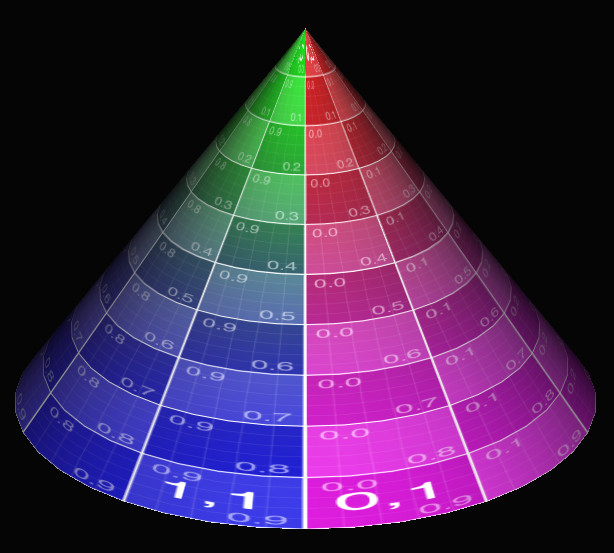The Game Developers Conference took place last week in San Francisco. As I am starting to see more speakers publish their slides, I am creating this post to keep track of some them (this list is not meant to be exhaustive).
- Advanced VR Rendering, by Alex Vlachos (Valve).
- Code Clinic 2015: How to Write Code the Compiler Can Actually Optimize, by Mike Acton (Insomniac Games).
-
Doing Math with RGB (and A) Correctly, by Jim Van Verth (Google).
- Great Management of Technical Leads, by Mike Acton (Insomniac Games).
-
Parallelizing the Naughty Dog engine using fibers, by Christian Gyrling (Naughty Dog).
- Physics for Game Programmers : Numerical Methods, by Erin Catto (Blizzard Entertainment).
- Rendering the World of Far Cry 4, by Steve McAulley (Ubisoft Montréal).
- VR Direct: How NVIDIA Technology is Improving the VR Experience, by Nathan Reed (NVidia).
For a more extensive list, Cédric Guillemet has been garnering links to GDC 2015 papers on his blog.


